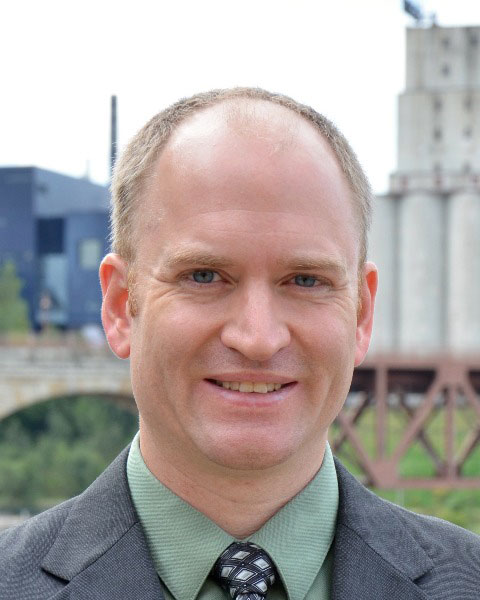Back
Oral
Stormwater (UWRRC)
To Underdrain or Not to Underdrain?
Monday, May 19, 2025
3:15 PM – 3:30 PM Alaska Daylight Time (AKDT)
Room: Room 9 & 10

Andy Erickson, Ph.D., P.E. (he/him/his)
Research Manager
St. Anthony Falls Lab - Univ. of Minnesota, United States
John S. Gulliver, Ph.D. (he/him/his)
Professor Emeritus
University of Minnesota, Minnesota, United States
Author(s)
Co-Author(s)
Abstract Submission: Bioretention encompasses both biofiltration (with underdrains) and bioinfiltration (without underdrains), but the objectives of the two practices are different. Biofiltration is meant to filter the water before the underdrain carries it to the runoff management system, and typically back to surface waters. Our research shows that biofilter media can release substantial concentrations of phosphate, which is a primary pollutant of concern for freshwater lakes and rivers. Assessing local urban bioretention practices with a combination of infiltrometer measurements, synthetic runoff tests, and rain event monitoring showed that underdrains installed in some bioretention were unnecessary. These underdrains could be capped (or never installed) because the underlying soils infiltrated rain events within a few hours at the surface and within one day at the underdrain elevation. Conventional design guidance for when to include or exclude underdrains was misleading and inaccurate. As such, new research is adapting and developing tools for measuring the subsurface capacity of ‘native’ urban soils for infiltration, which will provide stormwater managers with better information for determining when underdrains are needed, and when they can be excluded. This presentation will cover some pros and cons of including underdrains in bioretention design, and provide new guidance that can help designers and decision-makers better choose when to include or exclude underdrains.
Learning Objectives/Expected Outcome (Optional) :
Learning Objectives/Expected Outcome (Optional) :

